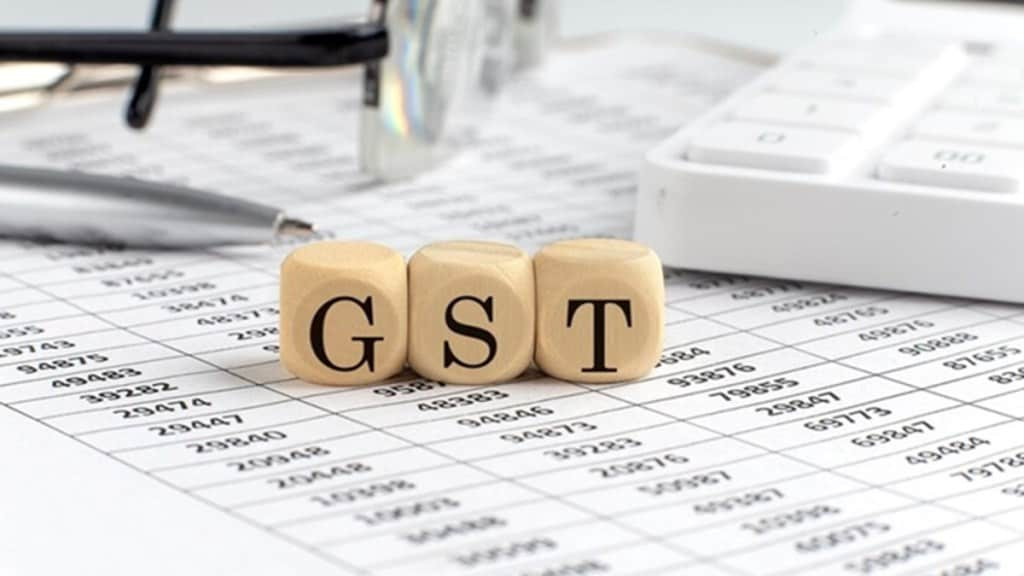The Goods and Services Tax (GST), the near-comprehensive destination-based tax on consumption, completed eight years on Monday. The pan-India tax’s revenue productivity was below par in the initial years, but picked up after the pandemic.
At around 6.7% of the GDP for the last three years, gross GST receipts (including cess) seem to have hit a plateau. Generating further buoyancy will depend on how the tax’s structure is revamped, and simplified. Benign tax rates could lead to improved compliance, and a widening of the tax base.
Consultancy firm PwC said the next phase of GST must prioritise rationalising rates, reducing blocked credits in line with the neutrality principle, broadening the tax base, and removing procedural bottlenecks. It called for restoring “the originally intended neutrality and efficiency” of the system.
Embracing global best practices, dispute resolution, and digital economy alignment will be crucial to minimise litigation and foster a business-friendly environment, it added.


